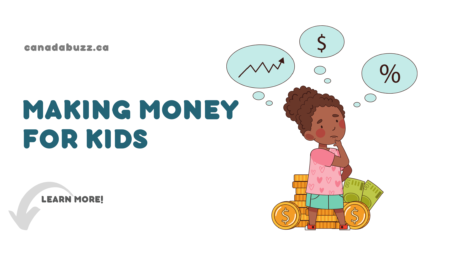The Canada Revenue Agency (CRA) sends out Notice of Assessment (NOA) letters to all citizens to let them know how much tax they paid, whether they will receive a tax refund or owe taxes, and some other useful information. This is basically a receipt for paying your taxes.
Bills are part of everyday life. If you think of them as no different than receipts, they’re really not so bad. You buy goods and services and you get a receipt showing you’ve paid.
Being a Canadian citizen entitles you to some perks. For better or worse, these services cost money that gets handed out each year. How much money? Well, it’s a lot. Luckily, you’re only responsible for a small part of it.
You find this out at the end of every year in the form of a Notice of Assessment (NOA).
Let’s go through the NOA so you understand what the letter is, the pertinent information that is included on it, and how you can get yours if it wasn’t received in the mail.
CRA Notice of Assessment – What Is It and What’s In It?
The NOA is a letter sent out to each Canadian citizen which details the findings after the CRA reviews tax returns that are filed each year. While you can find all of this information and more in your CRA My Account, here is a summary of the details included in your NOA:
The Account Summary section shows the final result after the assessment, which will either reflect a tax return for you (the good news mentioned earlier), zero balance, or taxes owed. The account summary total also includes any taxes owed from previous tax returns.
The Tax assessment summary provides all of the line items which were assessed as part of your tax return assessment. You might think of this as the “show your work” section where the CRA shows all of the pertinent lines from the various tax payments you made.
It also gives you a chance to go over their math based on information from your employer and in your CRA My Account to confirm the numbers are accurate. This is highly recommended for each NOA you receive.
The Notification of changes and other important information section explains the history of your tax return for the year. If the CRA made changes to your income tax requirement for the year, goods and services tax (GST), or harmonized sales tax (HST), they will be reflected here.
The RRSP deduction limit statement includes not only the Registered Retirements Savings Plan limit and contributions but also your Tax-Free Savings Account (TFSA) contribution room for the year in which you are filing. It also provides the amount of RRSP and TFSA contributions you can make for the following year. Bear in mind if you have excess contributions in your RRSP or TFSA, you may need to prepare to pay taxes for those, so be sure to plan ahead.
Your NOA may also include a “Home Buyer’s Plan” statement if you borrowed money from your RRSP to buy a house or a “Lifelong Learning Plan” statement.
How Do I Get My NOA?
The typical method for Canadians to receive their NOA is via good old-fashioned post. The CRA will send them in the mail to the address on your tax return.
If you registered to receive it online, then you’ll receive a notification via CRA Online Mail that your NOA is available. You register for this when you file your tax return or when you sign up via the CRA My Account.
If for some reason, you’ve lost your NOA or never received it, there is an answer for that as well! You can view it in your CRA My Account or the MyCRA app on your mobile device to obtain it. Just keep in mind that, if you can’t find your NOA, it may be too soon – with so many tax returns to get through, it can take up to two weeks to assess your tax return.
Conclusion
The Notice of Assessment is an excellent tool for you to verify not only whether you’ll receive a tax refund or owe taxes but also to confirm all of the numbers are accurate.
This is an essential letter for all Canadians to keep in their records as any errors can carry over for years if they aren’t caught. Also, you can keep track of your retirement accounts, if you have registered for them (hint: you should!).












